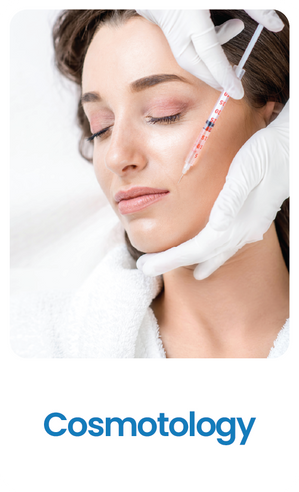Upper Body Lift

Upper body lift, sometimes referred to as an "upper body contouring" or "torso lift" by patients, involves removing excess skin and fat from the upper body areas to create a more toned and sculpted appearance.
Upper body lift can also restore body proportions lost after massive weight reduction, achieve better upper body definition, or improve natural asymmetries in the torso area.
Upper body lift is also referred to as upper body contouring surgery. When multiple areas of the upper body are addressed in a single procedure, it may be called comprehensive upper body lift.
Upper Body Lift Surgery in Bangalore

Why Upper Body Lift?
-
Remove excess skin and fat from the upper torso
-
Improve balance of upper and lower body contours
-
Enhance your self-image and self-confidence
Upper body lift may also be used for body reconstruction after massive weight loss or injury.
Upper body lift does not correct lower body concerns such as loose abdominal skin or thigh sagging. A lower body lift or tummy tuck may be required along with an upper body lift for comprehensive results.
Lower body contouring can often be done at the same time as your upper body lift or may require a separate operation.
Are you a good candidate for upper body lift?
Upper body lift is a deeply personal procedure, and it's important that you're doing it for yourself and not for someone else, even if that person has offered to pay for it.
You may be a candidate for upper body lift if:
-
You are physically healthy and you aren't pregnant or breastfeeding
-
You have realistic expectations
-
Your weight is stable for at least 6-12 months
-
You are bothered by the feeling that your upper body has excess loose skin
-
Your upper body areas are asymmetrical
-
You have completed significant weight loss and maintained stable weight
The decision to have plastic surgery is extremely personal and you will have to weigh the potential benefits in achieving your goals with the risks and potential complications of upper body lift.
.jpeg)
Upper body lift safety
Careful patient selection and adherence to surgical protocols have shown upper body lift procedures to be safe and effective when performed by qualified, board-certified plastic surgeons in accredited facilities.






